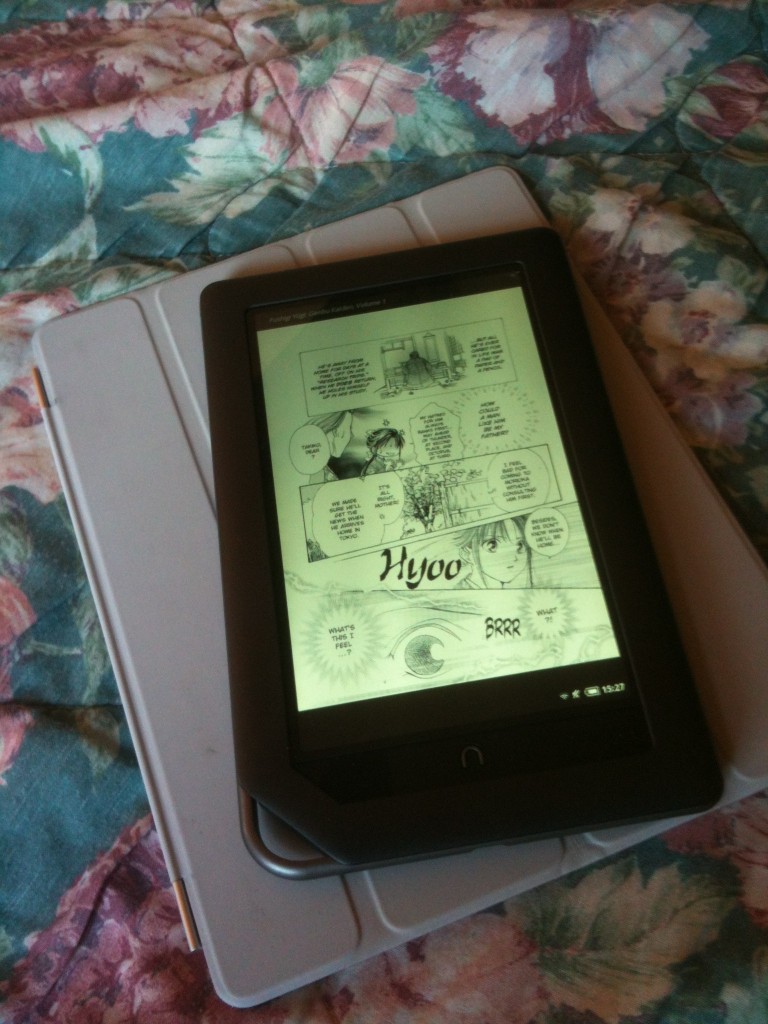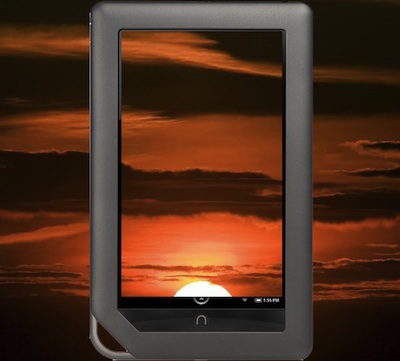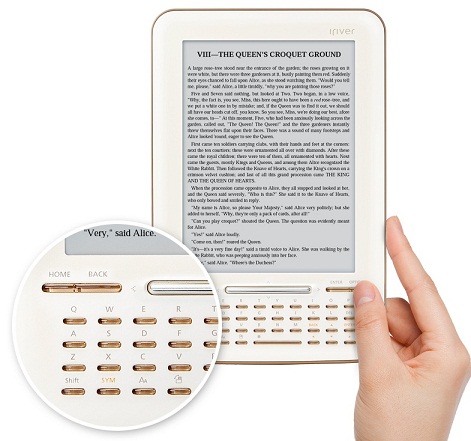Honestly, I was not a big fan of the 7 inch tablet. That screen size is just too small for most of what I do with my 10 inch iPad. So when I learned that Viz manga was available for the Nook Tablet and the Nook Color, my first question was, how readable is that going to be?
Viz has yet to support panel mode viewing for its manga on the iPad, but the large screen of the device makes that unnecessary. And while I have enjoyed manga on my eInk based Nook, I found that often the bottom edge of the page is cut off and smaller text can be a challenge to read. So how would this play out on a 7 inch screen?
The short answer is, wonderfully! I bought Fushigi Yûgi: Genbu Kaiden, Volume 1 by Yuu Watase, to read on my wife’s Nook Color. The Nook Color has the same size display screen as the Nook Tablet, so my observations should be valid it too.
The art work looked great and the text was quite readable. The smaller screen is only evident for double page spreads. You can turn the Nook to landscape orientation to see the full image, but it scales down a lot leaving  a fairly large black border. And you can tap to zoom anything you want to get a closer look at which came in handy for some of the author’s notes.
So if you love Viz manga, and don’t have the budget for an iPad, the Nook Color ($169) or Nook Tablet ($199) are great alternatives. And both Nooks can add up to 32GB of additional storage via microSD card which is important if you’re reading a lot of multi-megabyte graphic novels like manga. This expandability gives the Nook tablets a decisive edge over the Kindle Fire for this use case. That, and the fact that Viz manga is not available in the Kindle store right now.


